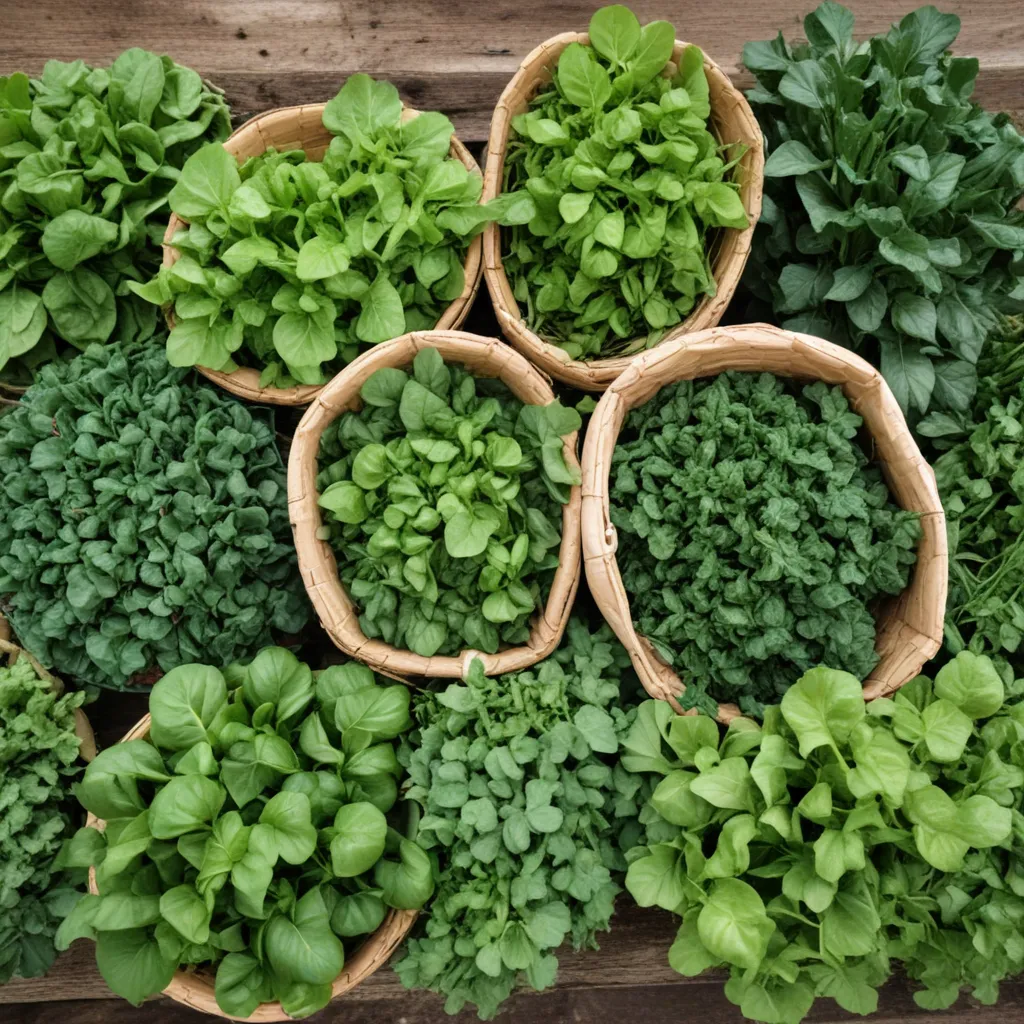
Cultivating your own garden-fresh produce can be a tremendously rewarding experience, both in terms of flavor and nutritional value. At the Wine Garden Inn, we take great pride in harnessing the abundant bounty of our onsite vegetable and herb gardens to craft inspired, farm-to-table cuisine. From the crisp sweetness of homegrown lettuce to the vibrant hues and robust flavors of kale, spinach, and other nutrient-dense greens, there’s nothing quite like the experience of enjoying produce at its peak freshness.
Benefits of Homegrown Produce
Growing your own fruits and vegetables offers a multitude of advantages over store-bought options. Not only do homegrown crops often taste superior, but they also tend to be more nutrient-dense. This is because produce destined for grocery shelves is typically harvested before reaching full maturity to facilitate transport, storage, and extended shelf life. In contrast, homegrown produce can be harvested at the precise moment of optimal ripeness, ensuring maximum nutrient content and flavor.
Additionally, the short distance between your garden and kitchen minimizes nutrient degradation, preserving valuable vitamins, minerals, and antioxidants. This “farm-to-table” approach provides a level of freshness and quality that is simply unmatched by mass-produced, commercially-distributed produce.
Nutrient-Rich Greens
When it comes to boosting the nutritional value of your homegrown bounty, leafy greens are an excellent place to start. Vegetables like kale, spinach, Swiss chard, and collard greens are powerhouses of essential nutrients, including vitamins A, C, and K, as well as folate, calcium, and iron. These nutrient-dense greens can be easily incorporated into a wide variety of dishes, from salads and smoothies to sautés and soups.
Maximizing Nutritional Value
To ensure you’re getting the most out of your homegrown produce, it’s important to employ proper cultivation and harvesting techniques. Start by nourishing your soil with compost or other organic amendments to provide a nutrient-rich foundation for your plants. Maintain consistent, optimal soil moisture through efficient irrigation practices, and protect your crops from pests and diseases using integrated pest management strategies.
When it comes time to harvest, be mindful to select leaves and greens at their peak ripeness. Gently wash your produce under cool, running water to remove any dirt or debris, taking care not to bruise the delicate leaves. Store your freshly harvested greens in the refrigerator, ensuring they remain crisp and flavorful until you’re ready to enjoy them.
Gourmet Greens Cultivation
Creating a thriving, nutrient-rich garden starts with thoughtful soil preparation. Begin by testing your soil’s pH and nutrient levels to identify any deficiencies that need to be addressed. Incorporate compost or well-rotted manure to boost organic matter and improve soil structure. This will help ensure your greens have access to the essential nutrients they need to grow strong and healthy.
When it comes to planting, choose a location that receives ample sunlight, as most leafy greens thrive in full sun. Ensure the area has well-drained soil and consider incorporating raised beds or intensive gardening techniques to maximize your growing space. Proper plant spacing is also crucial, as crowding can lead to increased disease pressure and reduced air circulation.
Consistent watering is key for lush, vibrant greens. Aim to keep the soil consistently moist, but take care to avoid overwatering, which can lead to issues like root rot. Monitor soil moisture regularly and adjust your irrigation schedule as needed, particularly during hot, dry spells.
Harvesting and Storage
Timing is everything when it comes to harvesting your gourmet greens. For the best flavor and nutrient retention, plan to harvest your leafy crops in the morning, when they’re fresh and turgid. Use a sharp, clean knife or scissors to carefully snip leaves or entire heads, taking care not to damage the plant.
Immediately after harvesting, submerge your greens in cold water to hydrocool them, which helps to lock in freshness and crispness. Gently pat the leaves dry and store them in the refrigerator, either in a perforated plastic bag or wrapped in a damp paper towel. When properly stored, many greens can remain fresh and vibrant for up to a week.
Nutrient Profiles of Common Greens
Leafy Greens
Kale, spinach, and Swiss chard are standouts when it comes to nutrient density. These leafy greens are rich in vitamins A, C, and K, as well as calcium, iron, and antioxidants. They make excellent additions to salads, sautés, and smoothies.
Cruciferous Vegetables
Broccoli, cauliflower, and Brussels sprouts are members of the Brassicaceae family, known for their high concentrations of glucosinolates – compounds with potent anti-cancer properties. These cruciferous vegetables also provide generous amounts of fiber, folate, and vitamin C.
Microgreens
Don’t overlook the nutritional powerhouse of microgreens. These tiny, tender greens packed into a square inch can contain up to 40 times more nutrients than their fully-grown counterparts. Popular varieties include radish, kale, beet, and basil microgreens, which can be easily grown indoors or in small outdoor spaces.
Meal Planning with Gourmet Greens
Incorporating your freshly harvested gourmet greens into your culinary repertoire opens up a world of flavorful, nutrient-dense possibilities. Try tossing crisp romaine lettuce or arugula into a vibrant salad, or sautéing bok choy and snow pea shoots for a quick and healthy side dish.
For breakfast, blend kale, spinach, or microgreens into a nutrient-packed smoothie, or scramble them into eggs for a power-packed morning meal. Utilize Swiss chard or collard greens in hearty vegetable lasagna or stuffed portobello mushrooms for a satisfying, plant-based main course.
When planning your meals, be mindful of the unique flavor profiles and nutrient properties of different greens. For instance, the peppery bite of arugula pairs beautifully with roasted beets and goat cheese, while the mild sweetness of baby bok choy complements Asian-inspired dishes.
By thoughtfully incorporating a diverse array of homegrown gourmet greens into your culinary creations, you’ll not only delight your taste buds but also nourish your body with a wealth of essential vitamins, minerals, and antioxidants. Embark on a journey of farm-to-table exploration and discover the true joy of gardening and cooking with the best that nature has to offer.
